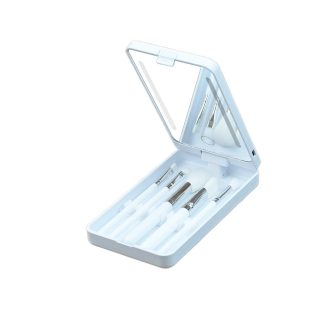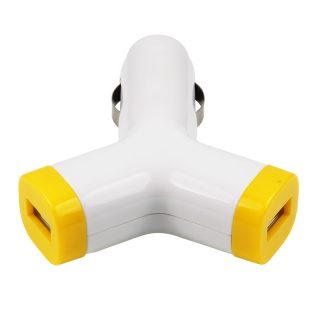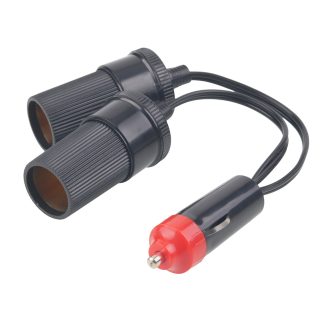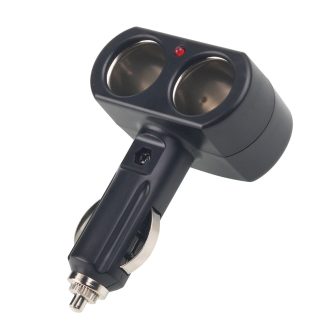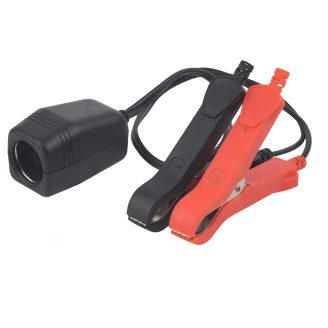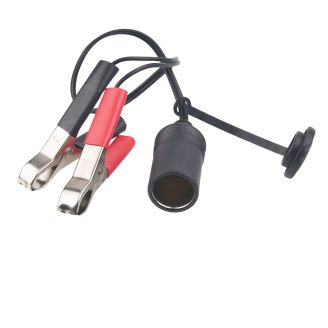2006 Dodge Charger Hub Centric Spaces 1: A Real-World Upgrade That Changed the Game for Aftermarket Fitment!
The First Times Start! 2006 Dodge Charger hub centric spaces 1—these few words might sound like pure car jargon at first glance, especially to those of us embedded in the world of consumer electronics, particularly mobile tech like power banks and accessories. But if you take a closer look, you’ll see a fascinating intersection: the…
The First Times Start!
2006 Dodge Charger hub centric spaces 1—these few words might sound like pure car jargon at first glance, especially to those of us embedded in the world of consumer electronics, particularly mobile tech like power banks and accessories. But if you take a closer look, you’ll see a fascinating intersection: the precision and compatibility that users demand in car modifications mirror the expectations of performance and reliability in mobile accessories.
We begin with a story—not one from an automotive forum, but from a mid-level product engineer named Bryan, based in Tulsa, Oklahoma. Bryan was the kind of tech-savvy consumer who used to treat his electronics and his car with equal precision. When his 2006 Dodge Charger started showing slight vibrations after mounting new aftermarket wheels, he naturally approached it with the same mindset he’d use when testing power bank reliability: test, troubleshoot, optimize.
After weeks of research and trying cheap spacer kits, Bryan realized the issue wasn’t just about spacing—it was about fitment accuracy. That’s when he discovered hub centric spacers, and more specifically, 2006 Dodge Charger hub centric spaces 1.
Understanding the Problem: Why Hub Centric Matters More Than You Think
To the untrained eye, a wheel spacer is just a disc that pushes your wheel out a bit for better stance. But for car enthusiasts, engineers, and anyone familiar with product tolerances (think: voltage drop in a USB-C port), it’s a precision game.
The problem with most wheel spacers lies in the centricity. Non-hub-centric spacers create a gap between the hub and the wheel’s center bore, leading to vibrations. This misalignment mimics what happens when a 10000mAh power bank delivers only 8000mAh due to circuit inefficiency.
For the 2006 Dodge Charger—especially those running 20” aftermarket wheels—the problem is pronounced. A millimeter of offset misalignment translates into speed-wobble, compromised tire wear, and ultimately a downgrade in road feel.
Hub centric spacers are engineered to correct this.
Case Study – Growth Story: How Precision Engineering Solved Bryan’s Driving Woes
Let’s revisit Bryan.
Initially, he opted for a set of generic, lug-centric 1-inch spacers. On paper, they met the measurements, but within 500 miles, the vibrations were back. Then came the experiment:
Control Phase: Generic aluminum spacers
Test Phase: Machined 6061-T6 aluminum hub centric spacers, specifically calibrated for the 2006 Dodge Charger’s 71.5mm hub bore.
Result: Instant drop in steering vibration, improved lateral handling, and better brake caliper clearance.
Bryan even reported an unexpected benefit—tire life extended by an estimated 12% after 8,000 miles of driving.
Much like optimizing a power bank’s efficiency by matching the correct output voltage to the device’s input tolerance, Bryan found that precision alignment through hub centric engineering wasn’t optional—it was essential.
Step-by-Step Guide: Choosing the Right 2006 Dodge Charger Hub Centric Spaces 1
Here’s what to evaluate when shopping:
Check Hub Bore Compatibility
For the 2006 Charger, you’re looking at a 71.5mm hub bore. Anything else? Pass.
Material Grade
Aerospace-grade aluminum like 6061-T6 or 7075-T6 ensures strength without adding excessive unsprung weight.
Torque Specs & Hardware Quality
Always follow manufacturer torque specs (typically 90-100 lb-ft) and use grade 10.9 or above lug bolts. Stripped threads are the equivalent of over-drawing from a battery without thermal protection.
Spacer Thickness
“1 inch” is common for this model. It gives clearance for aftermarket rims and flush fitment without overextending wheel studs.
Search Intent Match: Who Is This For?
Now, let’s zoom out.
If you’re the kind of user who:
Buys only certified power banks with overcharge protection;
Avoids off-brand USB cables because of transfer instability;
Cares about long-term component integrity and not just aesthetics;
…then yes, you’re exactly the type of consumer who should care about 2006 Dodge Charger hub centric spaces 1.
Because whether it’s current or curvature, vibration or voltage—precision matters.







